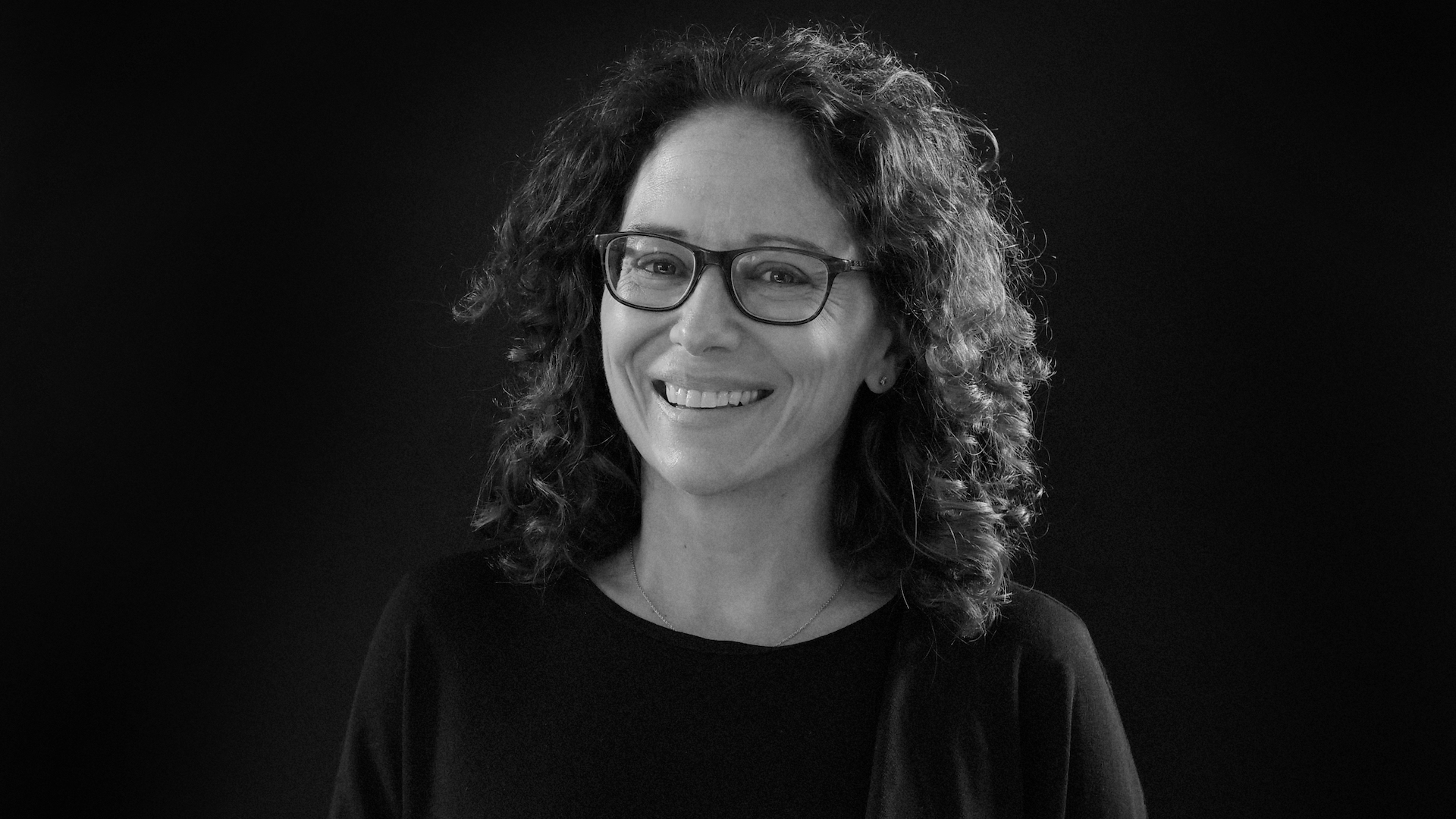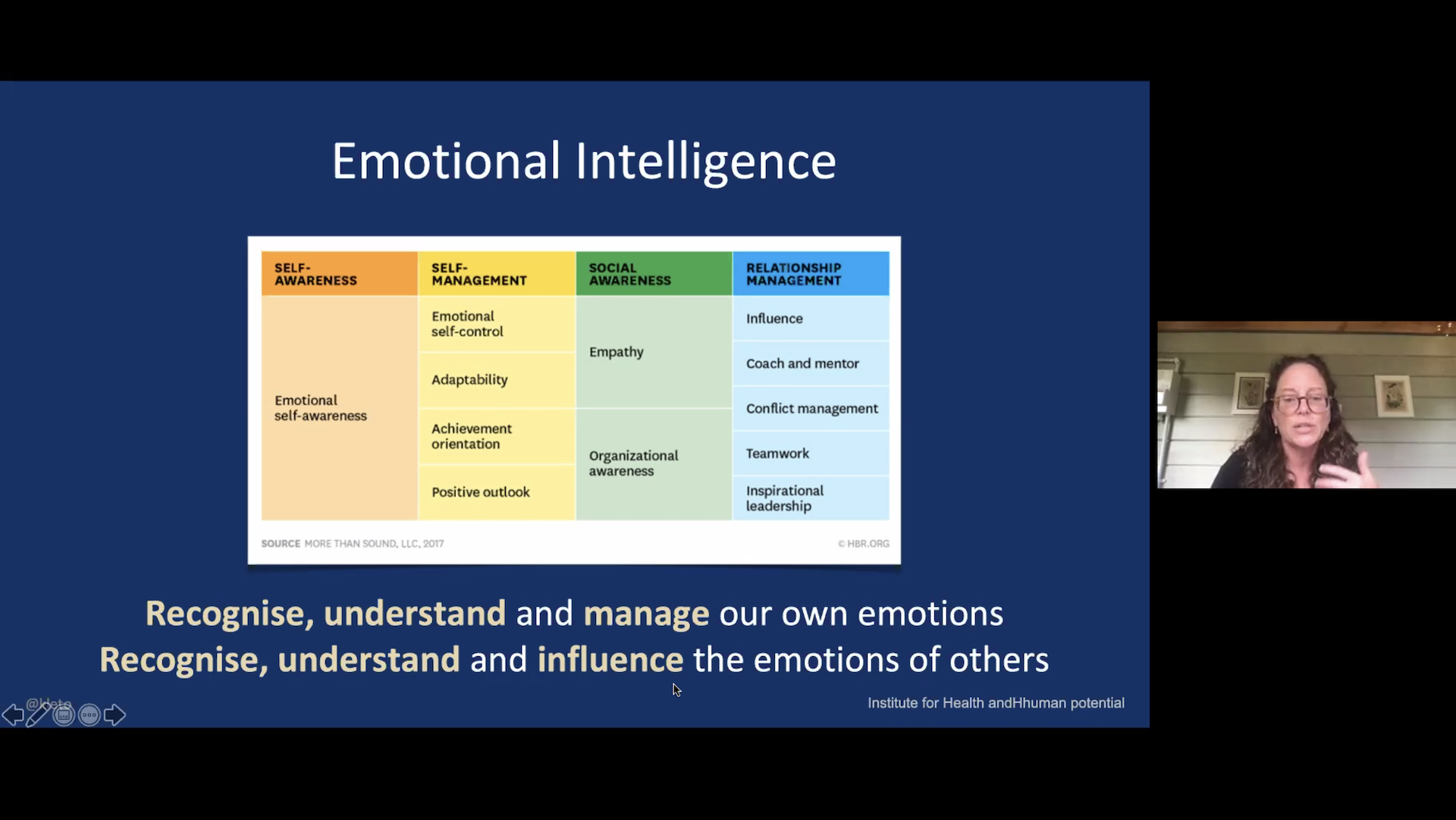When she started coaching, product people would first ask Kate Leto about building roadmaps, strategy, and technical questions. But soon the conversation drifted into the personal. They didn’t really think their team liked them, or they weren’t getting along with their team, or couldn’t work well with stakeholders.
“All these personal anecdotes started coming out and what people were looking for was to be able to talk about those but they didn’t really know how to because they didn’t have the words, or the comfort or the confidence to do it,” says Leto, a product consultant, coach, and author.
So Leto began talking and writing about the personal. Her latest book, Hiring Product Managers: Using Product EQ to go beyond culture and skills, includes practical tools and exercises to change how organizations hire, and how they think about culture and essential product skills.
During the hiring process, organizations often look for someone with the technical skills — have they taken a product through the product life cycle? Have they created a vision statement? Do they have experience building a roadmap? But what’s often left out are the human skills that work alongside that — what Leto calls product EQ. The concept focuses on the human skills we use in product management: leadership, resilience, adaptability, emotional intelligence, and self management.
“Having those skills is just as important as knowing all the frameworks for strategy or vision work or creating roadmaps or any of our day-to-day operation work,” says Leto.
And when people do look beyond technical skills they look for culture fit, rather than what’s actually better: culture complement.
So Leto set out to help organizations hire product people in a better way.
“I kind of got tired of seeing people make the same mistake and hiring people based on their experience and their certain type of product management experience … and technical competence because that’s only half of what’s going to make a product person successful,” she says.
She’ll share tools and practices that organizations can use to hire better during the next ProductTank Waterloo talk Sept. 15. But to start, organizations can ask themselves four questions before they even write a job description:
- What is the purpose of this role?
- What are the outcomes we’re looking for?
- What are the human skills that will accomplish those outcomes?
- What are the technical skills that will accomplish those outcomes?
The questions are deceptively simple, but teach people to think about hiring in a way that promotes inclusion rather than hiring someone who went to the same school or has the same background as everyone else already at the organization.
“It pushes people to think about a role or a job in a different way right from the beginning,” says Leto.
Hiring as a learning loop
Organizations think about hiring as a linear process. It starts with a job description and ends with a job offer. But, like the product life cycle, hiring should also be a learning loop, says Leto, with reflections points built into the hiring process.
“Just like everything else we do in product, it’s continuous. It’s a loop,” says Leto.
And that learning doesn’t just stop at the job offer. She encourages organizations to do a role retrospective, bringing the hiring team back together about six months later to find out if they got it right. The retro isn’t a performance review, says Leto, but a time to reflect on whether the team made good decisions and whether the process lined up with what the person who was eventually hired thought they were stepping into. It’s all about thinking about roles in a mindful and holistic way, she says.
Leto’s latest book also details how IDEO and Adobe have approached hiring differently, focusing on the behavioural aspects of a candidate rather than just the technical aspects.
And Leto found that hiring that way didn’t actually slow the teams down.
“There's a lot of research that shows when teams have a higher level of self awareness they make decisions faster, they coordinate with their work faster and they deal with tension in a better way. Self awareness is a key component of becoming a high performing team,” Leto says.
More than just a how-to on hiring, Leto’s book is also a story about how individuals and teams can integrate product practices into what they do, she says.
“Hopefully the hiring is a container for deeper conversations around human skills and how they can contribute to individuals, and teams, and organizations.”





